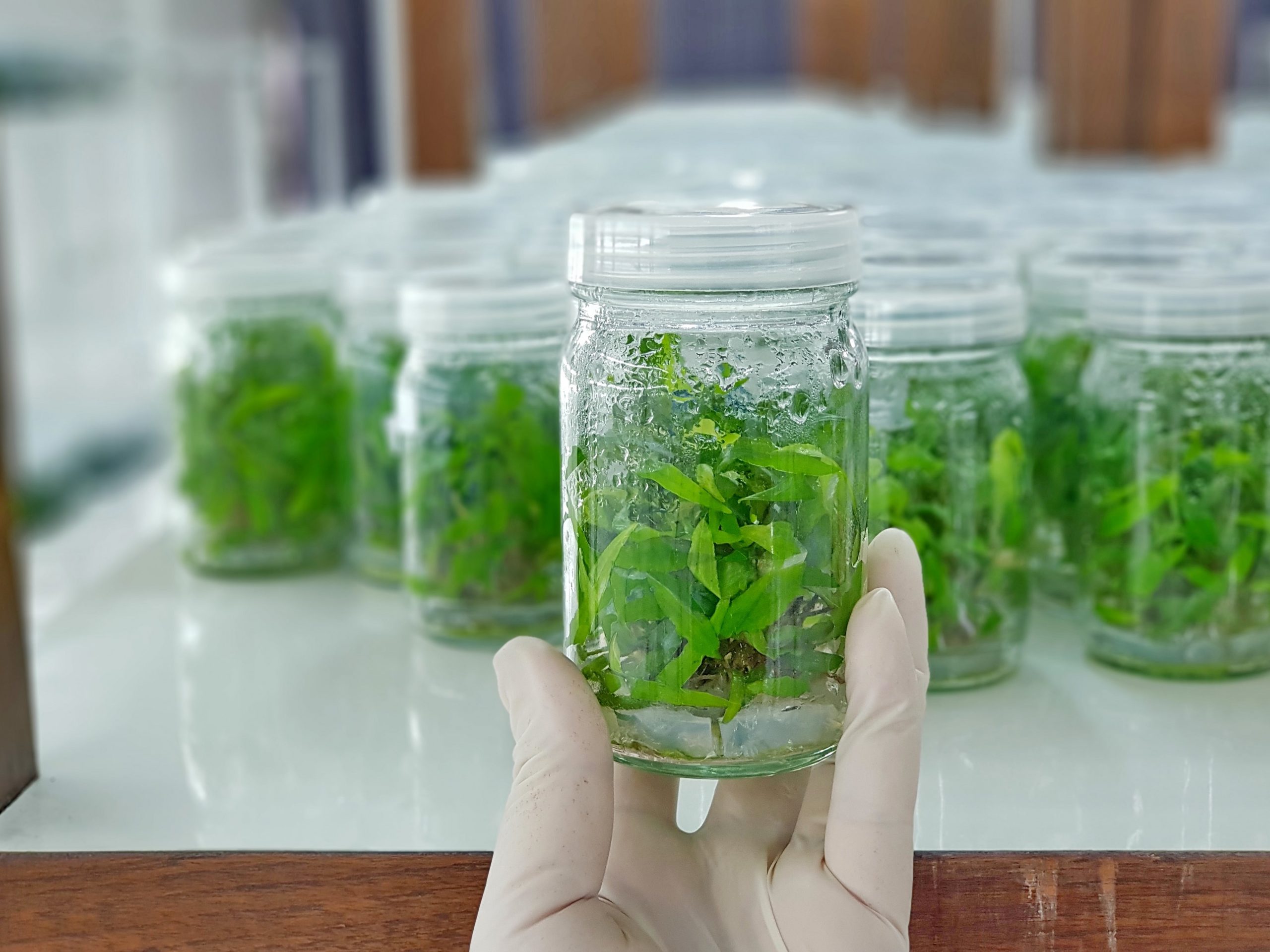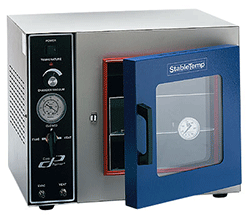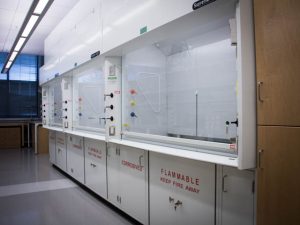- تاریخ انتشار: 15 Aug 2022

Pollution again!
Tissue culture is a long and laborious process, and it feels annoying when fungus or bacteria invades our beloved cultures.
Cultivating cells in laboratories requires a lot of effort, from medium preparation and cell transfer to regular maintenance. Unfortunately, if the cells become infected and the cultures are lost, it results in a lot of wasted time, effort, and money. If you don’t know how your crop is infected and what kind of contamination it has, the problem becomes bigger!
It is devastating and you have no choice but to repeat the experiments to save your research.
Types of tissue culture contamination
Tissue culture contamination is classified into two groups: chemical contamination and biological contamination.
Chemical pollution
Chemical pollution occurs due to the presence of any non-living components that negatively affect the growth of your crop.
The sources and types of chemical pollution are:
Culture medium: Cell culture medium contains nutrients, reagents and water, which are the main sources of contamination.
Serum: is a nutrient booster for cell culture. It contains protein, hormones and some growth factors that stimulate tissue growth. However, changes in the concentration of hormones and growth factors can be toxic to cell cultures.
Endotoxin: is a byproduct of Gram-negative bacteria and is found in water, serum or other culture components. It can be determined by Limulus Embocyte Lysate (LAL) method.
Plastic pipes and storage tanks: Chemical residues (detergents or disinfectants) in uncleaned storage containers are released into the environment when they are transferred to containers. In addition, softeners can also affect the growth of the culture.
Fluorescent light: can activate some media components such as riboflavin and tryptophan, which release hydrogen peroxide and free radicals toxic to cells.
Biological pollution
Biological contamination is caused by the presence of living organisms in the culture. Such organisms include easily identifiable bacteria, yeasts, and molds, or viruses, protozoa, and mycoplasmas.
Bacteria, yeasts and molds are everywhere in nature. Therefore, they can easily sneak in, colonize, and grow in cell cultures. Antibiotics are used to stop the bacteria from growing, however, some resistant strains can still grow.
There are very small or slow-growing intracellular bacteria that are difficult to detect during routine culture examinations. They can cause serious damage to several crops.
It is difficult to identify viruses, protozoa and mycoplasma that are intracellular in nature. They not only destroy the entire cell culture but also pose potential risks to human health.
What is the best way to prevent contamination?
To avoid contamination and save on your culture and experiments, you should follow the precautions given below “before and during” your tissue culture experiments:
Put on gloves and a lab coat and get organized: Have you ever thought that you might contaminate your cultured cells yourself? Yes it’s true! The human body is full of bacteria. So, it’s best to wear your gloves and lab coat. It should be kept inside the laboratory and cleaned regularly. You can also list the things you need to take to the facility room and this will help you finish your experiments in one go.
Use high-grade chemicals: Use only high-grade, authentic media and sera in your experiments. Also, water and culture medium should be well sterilized.
Sterilize lab equipment: Always autoclave lab equipment, such as pipette tips, storage containers, beakers, forceps, etc. Before that, make sure your equipment is autoclavable!
Check facilities: Regularly clean and sterilize the facility or room where the cells are grown. Also check laminar flow and incubators. Clean the laminar surface and other equipment with 70% alcohol before performing the test.
…
Checking imported cells: If you are importing cells from another company or laboratories, it is better to check the cell by culturing it for at least two weeks. This helps you save reagents and effort before you culture cells on a large scale.
Avoid exposing cells to non-sterile environments: Always try to keep cells in a sterile environment. The transfer of cells from the incubator to the hood should be fast. If your cells have been out for a long time, keep them in another hood. This will help you save your other crops as well.
Check the cultured cells regularly: You have done a lot to protect your cells and you don’t want to contaminate yourself at the end of the culture! So, take care of your crops and watch them regularly.
Although, you can most likely save your crop by following the steps above, being precise and consistent with “best practices” is just as difficult. With these methods, you can only prevent chemical pollution and to some extent biological pollution. But, as bacteria begin to become resistant to antibiotics, they are no longer the best solution to prevent biological contamination in your culture.
Sources and types of chemical pollution?
What is the best way to prevent tissue culture contamination?
- Use high grade chemicals
- Sterilize laboratory equipment
- Check out the features
- Check the entered cells
- Avoid placing cells in unsterilized environments
- Check the cultured cells regularly





دیدگاه شما